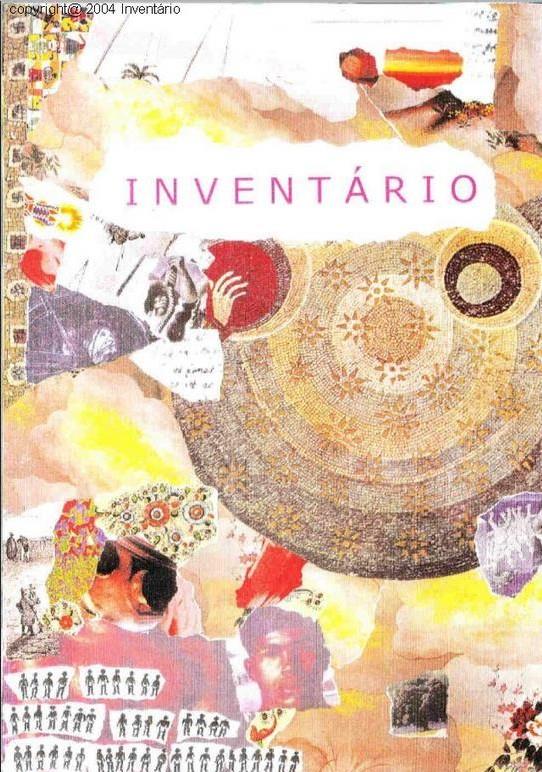A PINTURA, LITERATURA E MORTE
ANÁLISE DA ALEGORIA DA MORTE EM "AS INTERMITÊNCIAS DA MORTE", DE JOSÉ SARAMAGO
DOI:
https://doi.org/10.9771/revin.v0i29.46881Abstract
This work aims to analyze the allegory of death in the work Death with interruptions (2005) by José Saramago and define the aspects of the grotesque and the sublime in relation to the figure of death. In the novel, an unpredictable event occurs: death ceases to kill, in front of this, the characters are ecstatic when they understand that they can experience immortality, however, the Saramago’s narrative breaks their expectations, so that immortality establishes distressing situations in which one the characters must live with illness, old age and suffering. To analyze the novel, some theoretical readings were carried out, so that, to understand the aesthetic resources of the grotesque and the sublime, the authors Burke (1993), Kayser (1986) and Hugo (2007) were consulted, while to interpret the representations historical, social and aesthetic of the figure of death were carried out by the authors Huizinga (2015) and Ariès (2012). The purpose of this investigation is to recognize the aesthetic influences on the representation of death and, as this, reflects on the social and literary imagination.







